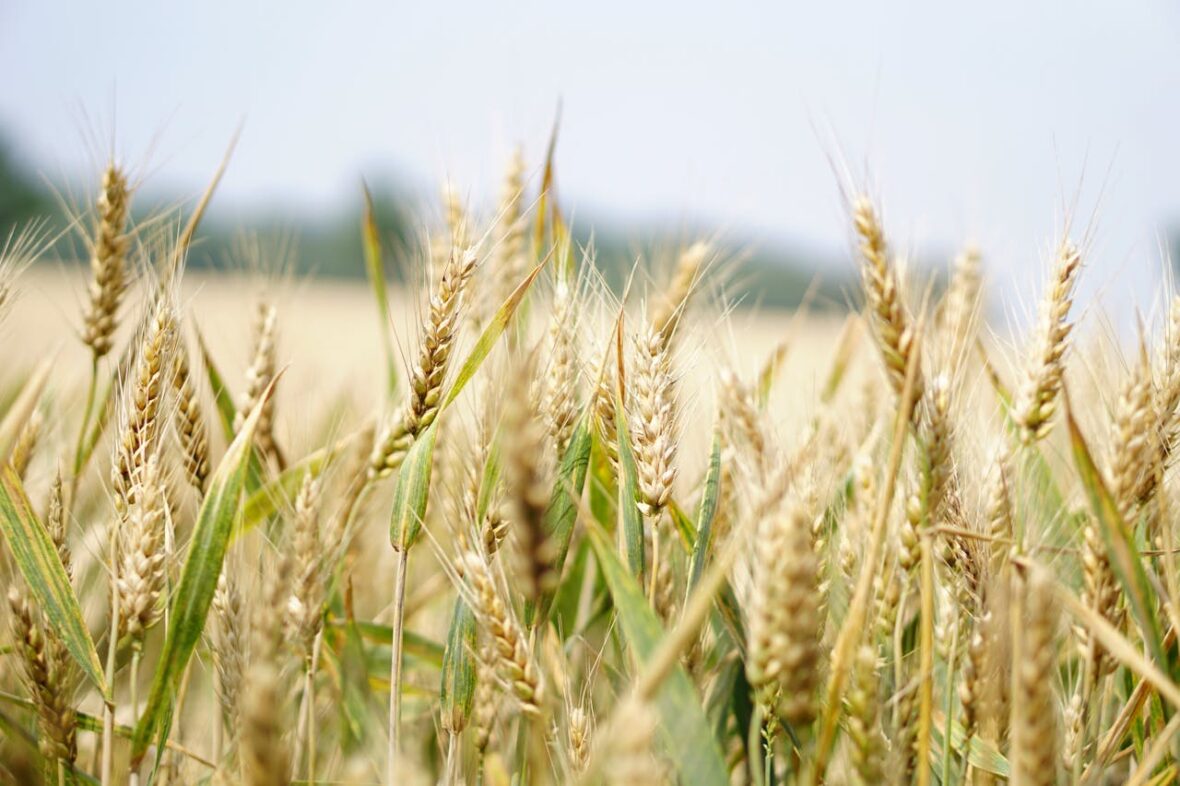Hi readers!
We have been hearing since ages that i) agriculture is the lifeline of Pakistan which relies heavily on her major crops and her principal natural resources like arable land and water nevertheless, we import wheat crop off and on. According to latest statistics of 23-24, Pakistan’s economy accounting for 24% of the gross domestic product (GDP) and 37.4% of the labor force therefore, ii) we strongly believe that agriculture provides raw material for several value-added sectors and plays a central role in national development, food security and poverty reduction nevertheless, and hear hue and cry of the people at the floor mills about shortage of wheat and in the markets about the shortage of flower which results in price hike, where is food security?, iii) we report every year that poverty is increasing, and food security is on the decline yet we say that our production is increasing? These three statements are enough to indicate that there is something seriously wrong with our overall agriculture policies.
What are these policy narratives?
Government priorities are improving yield through mechanizing farming and food security for which she is providing targeted subsidies for purchasing inputs at affordable prices. Occasionally, support prices are also announced to ensure the profitability of the farmers. These priorities are set by the Special Investment Facilitation Council (SIFC) and shows seriousness of the government to make agriculture sector the backbone of the economy.
The question is, will these priorities, especially the mechanization of farming (which is always practiced on a huge farming system with monocropping) succeed?
We are relying on yield increase, area increase and thus production increase without realizing that from 1960 till to date, crop yields have increased globally by 77% just by exploiting genetic potential which has largely been exhausted and required re-evaluation. Many varieties in hand produce only 30-35% of what is agro-ecologically attainable under comparable environments. We are a water starved country where per capita water consumption is nearly 1000 cubic meter. How much water and fertilizer can we afford to apply for further increase in production? and from where, the water will come for irrigated agriculture that is predominant in the country? Have we realized, how drastically the climate has changed in Pakistan? and how vulnerable is Pakistan to these changes?
The resource poor farmers in the country are nearly 1.4 million who cannot afford extensive inputs. We have periodic drought, erratic rains, extensive heat waves and floods which needs radical change in agriculture strategies and thus extensive research which is completely missing in government focus. We have not even realized that climate change induced rapid desertification and massive urbanization, arable land is diminishing quickly than ever before? We need to look for alternative strategies that need research: a completely missing factor in our strategy
(May be we are thinking of filling this gap through engaging multinational companies which is not a bad idea, but we need to be vigilant to what we are getting from them in the name of proprietary seeds and agronomic package)?
Previously,
the Government’s focus was on i) increasing yield for rural growers through major infrastructure investments including reliable transport networks for modern supply chain, and ii) expecting that CPEC will enhance benefits of agribusiness through value addition and supply chain.
Both seems to have gone down the drain
The shortened version of “Long term plan of China-Pakistan Economic corridor, 2017-2030”
provide only brushstroke descriptions of various “areas of cooperation” without any detail. The document says, “thousands of acres of agricultural land will be leased out to Chinese enterprises to set up demonstration projects. A full system of monitoring and surveillance will be built in cities from Peshawar to Karachi, with 24-hours video recordings on roads and busy marketplaces for law and order (has this materialized we would not have seen the Jaffer Express incident. The plan was overstretched but
What happens to this overstretched plan is now written on the wall
HOT TALK COLD ACTION
Who’s fault, is it? Certainly not of Chinese
Where Pakistan’s agriculture fits in this scenario? For most of us, it was illusion. What we know is, that agriculture institutions and universities will have joint projects with Chinese but thanks to Higher Education Commission (HEC) and Ministry of Science and Technology (MoST), nothing has so far materialized, may be due to lack of will, or capabilities, or both. Whom to be blamed for this? Certainly not Chinese. They are investing huge amount in Pakistan, and it is their right to protect it by whatever means available. It is our responsibility to protect our interest during the course without compromising on other’s rights. Unfortunately, our policy is as lopsided as the other policies: the one is being described here. Perhaps that is the reason of emergence of SIFC and rightly so. Looking at the way the water dispute is being handled we can only wish and pray that CIFC succeed and CPEC reemerge with some sense and logic.
See you next week, Take care, Bye.






2 Comments
Kikma
June 28, 2025 at 3:00 pmThe blog highlights critical issues in Pakistan’s agriculture sector, emphasizing its importance to the economy and food security. It points out the paradox of increasing production yet rising poverty and food insecurity, suggesting flaws in agricultural policies. The author stresses the need for research and alternative strategies to address challenges like climate change, desertification, and urbanization. However, the lack of government focus and collaboration with institutions like China remains a significant hurdle. Why hasn’t the government prioritized research and innovation to tackle these pressing agricultural issues? Recently, I came across a program for GPT-generated text (генерация текста) in Russian. The cool part is that it runs locally on your own computer, and the output is actually unique and quite decent. By the way, I hope the content on your site isn’t AI-generated?
shafqat
July 3, 2025 at 12:35 amNo man. its my writeup. Thank you for reading my blog